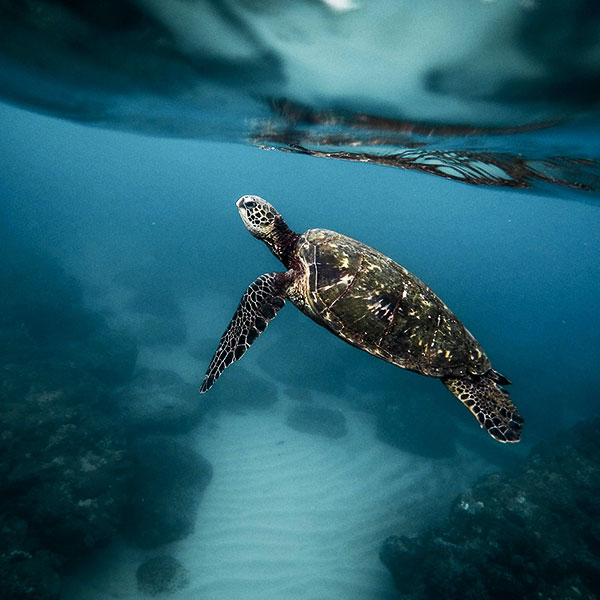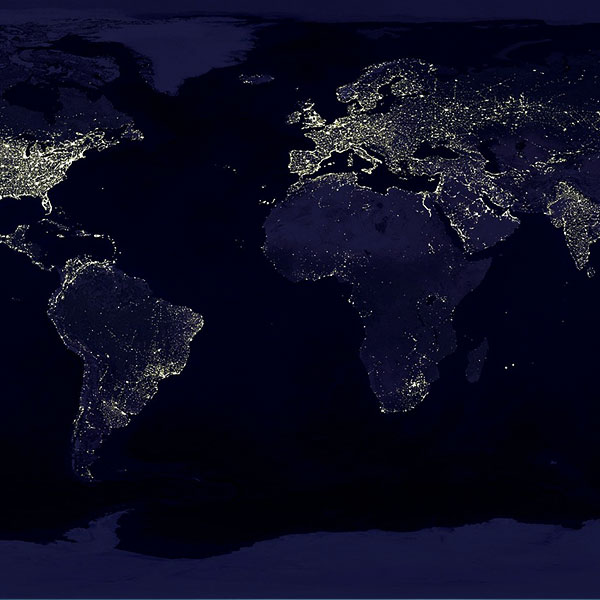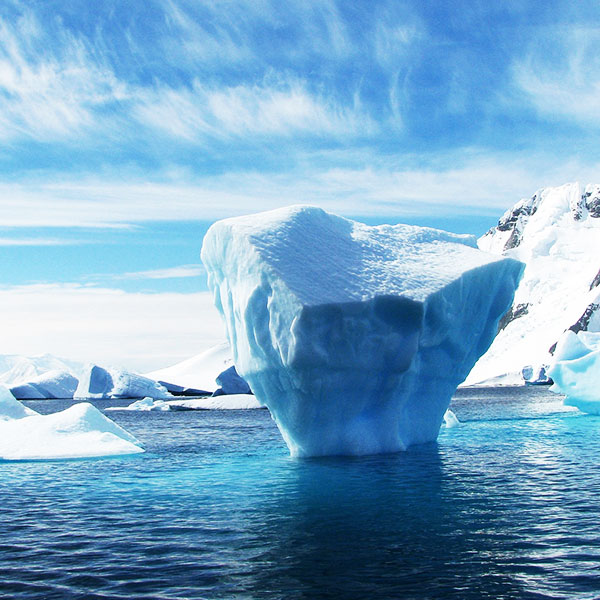Us. Humans. We’re a bit odd at times but we descend from an incredible lineage story. As we go back in time and consider the evolution of characteristics of previous species, we can see how we developed into what we are today.
We have four limbs, are symmetrical, with a backbone, warm blooded, hairy (to varying degrees), able to give birth to undeveloped young, have agility and dexterity in our hands and fingers, with stereoscopic vision, bipedal, with large brains relative to body size, creative and innovative, able to communicate verbally with intricate detail, capable of abstract thought and have complex social bonds.
The building blocks of anything take time to develop and solidify into something that can be built upon. The building blocks of life as we know today took around 2 to 3 billion years to sort itself out. After that, it just exploded and diversified.
Taxonomy
Taxonomy is the study of naming and defining biological organisms in order to group them together according to common characteristics. The classification system goes hand in hand with the story of how we got here and where we come from in the tree of life.
For more detail on taxonomy itself, the history of and the way it works, see here.
All life can be traced back to the very basic of organisms. Everything began as simple celled organisms and from there diversifying into the three domains we know of today: Bacteria, Archaea and Eukarya.
Early life
Life began as single celled organisms, floating around in the primordial seas, cloning themselves into identical organisms, evolving in an anaerobic atmosphere, full of greenhouse gases. Cyanobacteria would evolved to photosynthesise, using the energy of the sun and creating the by-product of free oxygen, polluting the atmosphere and giving way to organisms that rely on oxygen. Sexual reproduction would be another key step towards the evolution of us. And then those single celled organisms coming together to form multi cellular organisms. The evolution of DNA was to be a massive milestone in this story.
As these basic organisms did their thing, went through various phases of evolution, the things that worked got locked into place. Upon that, life is built.
538 million years ago – The Cambrian Explosion
By the time we get to the Cambrian explosion, cellular life has been evolving for around 3 billion years, give or take. That is a solid amount of time for those cells to evolve to be more specialised and communicate more effectively. They would lock in key features through evolution that would explode into a huge array of variety in the centuries to come.
We are looking at the animal kingdom now in terms of taxonomy, as this article is concerned with our specific evolution. We get organisms now that are bilateral, that is they have a sense of symmetry in their body plans. This will come to include insects, worms, snails, crustaceans, and vertebrates.
Bilateral organisms are generally split into two, protostomes and deuterostomes. We descend from deuterostomes, which characterises organisms whose anus forms before the mouth in embryonic development. From here we go to the phylum (taxonomy term) chordate. This is an organism with a backbone amongst other physical characteristics in their body plan.
First animals to move on land were probably arthropods, giant insects. Their presence is known from Silurian period (443 – 419 million years ago). There were apparently scorpions the size of humans. Arthropods carry their skeletons on the outside while vertebrates have internal skeletons.
Vertebrates
A term more familiar than ‘chordate’, vertebrates have a backbone, limbs and nervous system which all connect at the head. Thicket of nerves at the end of the backbone was the first brain. At some point developed the ability to feel stimuli not just react to them, to be aware of them and in essence, desire to avoid pain.
It includes all fish, amphibians, reptiles, birds, extinct dinosaurs and mammals. It all began with fish.
It went from jawless fish, to fish with jaws and teeth, to bony fish with skeletons. There are other lines on the tree like sharks who have a cartilaginous skeleton. We evolve from bony fish so let’s consider those bony fish a bit more.
They are split into ray finned fish and lobe finned fish. We’re interested in lobe finned fish, they developed the ability to prop themselves up on land in shallow water. This evolved to become tetrapods, four limbed organisms that would be the ancestors of all land animals.
Onto the land
Tetrapods would evolve to come onto land from those lobe finned fish. Amphibians are semi-aquatic, like frogs, and live on land and near water. They are that kind of middle place between the sea creatures and the ones that live exclusively on land. They lay their eggs in water.
Amniotes is the next level of evolution for us, they evolved to have an amniotic sac, efficient breathing systems for life away from water and adjust to drier environments. It went from laying eggs in water to laying them on land without drying out. This would split into sauropsids and synapsids which is where we are.
318 million years ago is the split of the sauropsids and synapsids line. The sauropsids would evolve to be reptiles, dinosaurs and modern day birds.
Mammals
The mammals are the only group of synapsids that have survived to present day. We are warm blooded and have hair/fur to help regulate body temperature. We have mammary glands (which is where the word ‘mammal’ comes from) which are used to feed our young. Two main type of mammals today, marsupials and placentals. We derive from placental mammals.
Live birth is something we do, as opposed to giving birth to less developed young and then nourishing them in pouches like marsupials.
Hominines
Humans belong to primate group and to superfamily of Hominoidea that also include apes. Early hominids appeared 25 million years ago. From Hominoidea we get Hominidae. From Hominidae we get Gorillinae and Homininae. Genetic evidence suggests human line split from chimpanzee around 7 million years ago, and from the gorilla line around 8-10 million years ago.
Hominine story begins at the transition from Miocene to Pliocene epochs, between 5 and 6 million years ago. Around 6 million years ago, there was a common ancestor of both chimps and humans. There were a few other Homininae species around this time when the lines split.
We then get the genus of Australopithecus, early hominins. The Homo genus, from which we descend, evolved from some species of the Australopithecus genus. Species of this genus lived around 4 million to 3 million years ago. Their brains size was around 400 – 550 cubic centimetres (cc), while chimps were around 300 – 400 cc.
Homo genus
Homo habilis is the oldest known species of the Homo genus, appearing in the record around 2.5 million – 2.3 million years ago. They made basic stone tools, had a mainly plant diet but used their tools to scavenge meat from other animals. Palaeontologists regard tool making as a key marker for humanity. It implies intellectual ability and may have improved diets and potentially their place in the food chain. They were around 1.4 metres tall, with brain sizes from 600 to 800 cc.
Next is Homo ergaster at around 1.8 million years ago. They were as tall as us with brain sizes of 1000 cc. They made more sophisticated stone tools, axes and were the first hominine to migrate out of Africa. Used fire as they went to colder areas. Their tools changed very little over 1 million years, lacked creativity.
Homo neanderthals, line split 500,000 years ago, they survived for 200-300 thousand years in ice age Russia and Europe. They were as tall as us with larger brains. They disappeared 20,000 -30,000 years ago. It is debated that some Neanderthals contributed to the cave art designs we see.
There are various other species in this genus before we came along. Each species displayed their own characteristics, each increasing in complexity and skill as time went on.
Homo sapiens
We emerged around 250,000 – 300,000 years ago. There are gaps in the record as to who our direct ancestors are within the genus. We benefit from the many characteristics of the species that have come before us, with some extra bits of innovative and creative thinking.
It is thought that there might have been some kind of evolution in the Upper Palaeolithic around 50,000 years ago within our species. This is because there seems to be an influx of creativity around here, with cave art discoveries.
It is also argued that we contributed to the extinction of the other species in the Homo genus. And of many other species including mega fauna. Our tools were far more sophisticated than previous species. Coupled with superior hunting skills, this put us at the top of the food chain despite our small physical stature and strength in comparison to many predators out there.
We started migrating across the globe within the last 100,000 to 120,000 years. Agriculture began around 10,000 years ago at which there were around 5 to 6 million humans globally, and the only species left in the Homo genus. Around 5,000 years ago, the first cities emerged out of Mesopotamia, and a global population of around 50 million humans. From there, the rest is history.
We have journeyed from early life, around 3.5 billion years ago, to modern humans. Our characteristics of body plan, brain development and social structure, have enabled us to dominate the planet and even begin to play with evolution and DNA ourselves.





